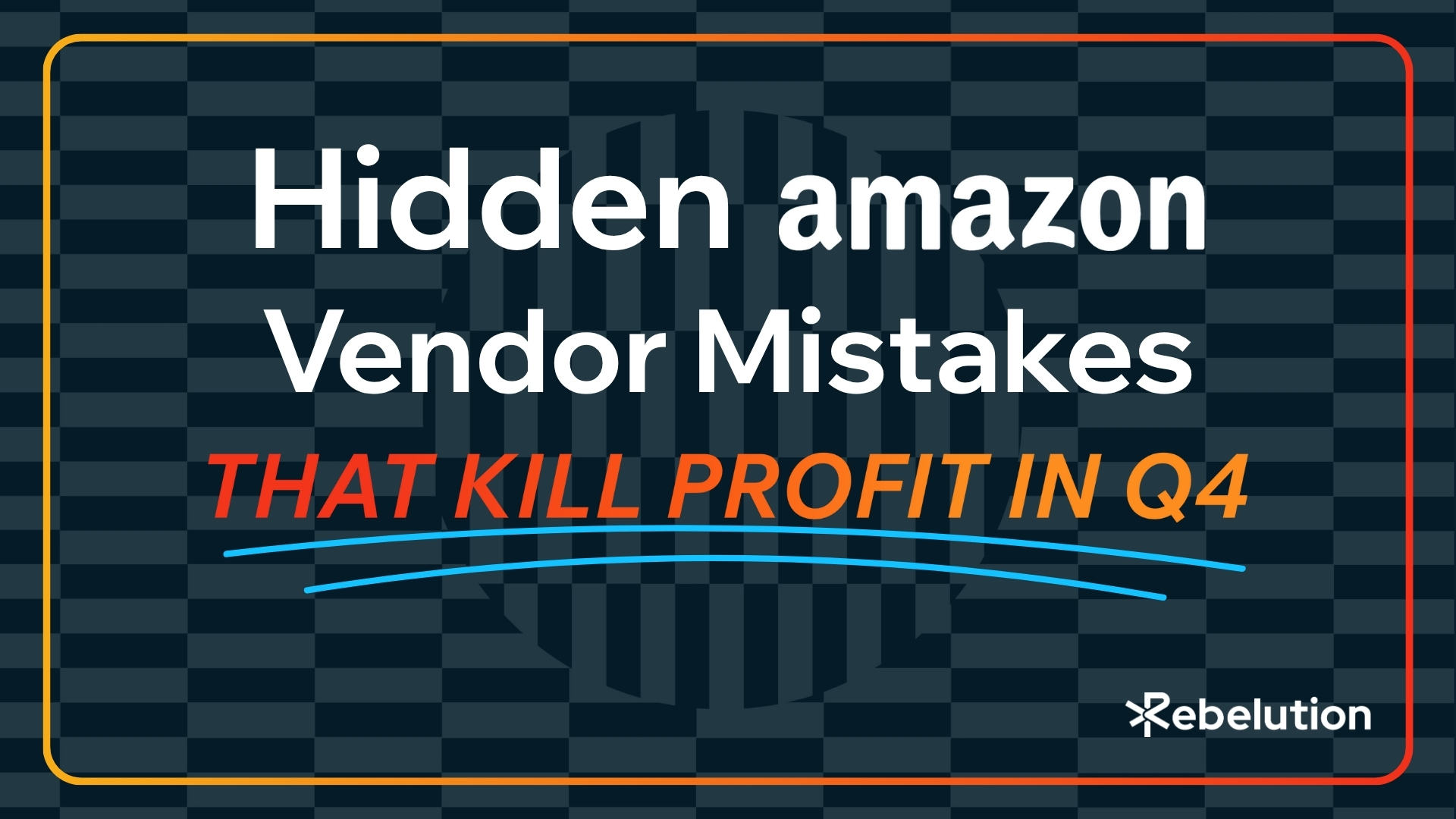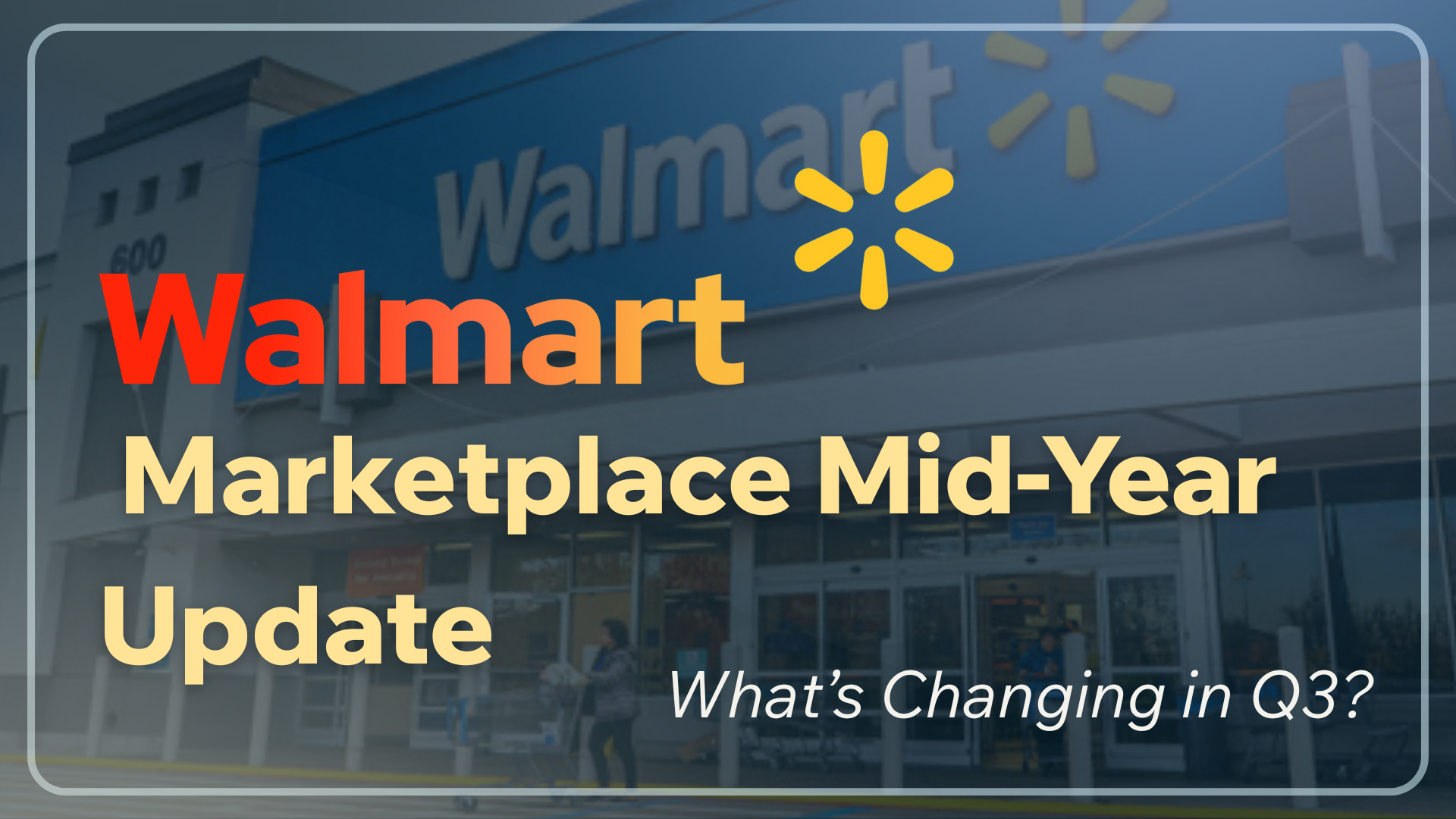When it comes to e-commerce platforms like Amazon and Walmart, even the most minute details can significantly influence your e-commerce product’s sellability and how well the product performs.
While sellers often focus on big-ticket items like price, customer reviews, and ad spend, it’s the small, seemingly insignificant factors that can actually tip the scales between success and stagnation. Let’s break down some of these critical aspects that you might be overlooking but that are crucial for your e-commerce product’s sellability.
We’ve all heard the phrase “don’t judge a book by its cover,” but in e-commerce, people absolutely judge your product by its images. High-quality, compliant images are non-negotiable on platforms like Amazon and Walmart. Did you know that over 60% of customers say clear and professional product photos directly impact their buying decision?
Both platforms have stringent image guidelines, and violating them (whether by missing a white background or failing to showcase multiple angles) could cost you in terms of both visibility and conversions. Images aren’t just aesthetic; they’re trust-builders. Amazon’s image requirements and Walmart’s guidelines are worth a closer look to avoid common pitfalls.
Most sellers understand the importance of keywords, but there’s an art to crafting product descriptions and bullet points that work for both algorithms and human readers. Optimizing your product’s copy for search engines is essential, but remember—customers don’t want to read a robotic list of benefits. They want to know how your product solves their problem.
Use your bullet points to hit the key features that people care about. For example, if you’re selling a kitchen gadget, don’t just list “Easy to clean.” Instead, say, “Spend less time scrubbing thanks to our dishwasher-safe design.” Engaging, benefit-driven copy can make all the difference. Plus, using natural language helps platforms’ AI better understand the context of your product, improving discoverability.
You might be great at using keywords in your title, but don’t forget about backend search terms. Amazon and Walmart give sellers the opportunity to include “hidden” keywords that can enhance your product’s visibility without cluttering the customer-facing description.
While these keywords aren’t visible to shoppers, they are crucial for ranking. Consider synonyms, spelling variations, and long-tail keywords. For instance, if you’re selling “yoga mats,” adding terms like “exercise mat,” “fitness pad,” or even “gym accessories” as backend keywords can help capture a broader range of searches. Amazon provides clear guidelines on backend keywords, so make sure you’re maxing out this feature. Check out Amazon’s guide on search term optimization.
Offering fast, reliable shipping isn’t just a bonus anymore — it’s an expectation. According to a Baymard Institute study, 48% of online shoppers abandon their carts due to extra costs, including shipping. But beyond price, the speed of delivery has become a key driver for conversions. Amazon Prime has set the bar high with its two-day delivery, and Walmart is following closely with its own Walmart+ membership that promises fast shipping.
If your product isn’t eligible for these expedited options, you’re likely losing sales. Even if you offer competitive pricing, a longer shipping time can lead to cart abandonment. Consider enrolling in Amazon FBA (Fulfillment by Amazon) or Walmart Fulfillment Services to take advantage of their shipping networks.
One often overlooked feature on both Amazon and Walmart product pages is the customer Q&A section. A well-maintained Q&A section can work wonders for your product’s credibility. Encourage satisfied customers to ask and answer questions about your product. This is an easy way to address concerns that may be preventing potential buyers from pulling the trigger. Proactively answering questions also helps you manage your brand’s voice and control the narrative. The quicker and more helpful your responses, the better. Don’t underestimate the power of an engaged and informed community in driving sales.
On Amazon, A+ Content allows sellers to provide enhanced brand storytelling through additional images, text placements, and comparison charts. Walmart’s Rich Media functions similarly, letting you showcase product highlights in a more dynamic, engaging way.
Why does this matter? Enhanced content builds trust. It makes your product feel more legitimate, helps to convey your brand’s story, and answers pre-purchase questions before customers even need to ask. Brands using Amazon A+ Content report an average 5-10% increase in conversion rates. If you’re not taking advantage of these tools, you’re leaving money on the table.
Selling on Amazon and Walmart is competitive, and the smallest details can make or break your success. From high-quality images to optimizing backend keywords, every factor plays a role in converting clicks to sales. If you take the time to fine-tune these often overlooked aspects, you’ll improve your e-commerce product’s sellability, build trust, and ultimately increase conversions.
Start with a simple audit of your current listings. Are your images up to par? Is your shipping speed competitive? How are your backend keywords set up? By addressing these questions, you’ll ensure your product stands out in the crowded marketplace.

Meghan is a digital marketing specialist and analyst at Rebelution eCommerce, focusing on internal strategies. With a strong background in market analysis and initiative development, she enhances internal communications and ensures marketing efforts align with business goals. Her strategic approach improves the efficiency and impact of Rebelution’s marketing operations.



Experts expect the slowest U.S. holiday growth since the pandemic—even as online sales rise. See the Black Friday sales forecast, what’s driving competition on Amazon, Walmart, Lowe’s, Home Depot, Wayfair, and how to win.


The biggest Amazon vendor Q4 mistakes aren’t what you think. Learn the hidden operational, financial, and data traps that quietly destroy holiday margins.


Learn how Amazon, Walmart, and Wayfair empower small business ecommerce brands with tools, reach, and growth opportunities.


Explore how Evolution Outdoor, in partnership with Rebelution, achieved a remarkable 65% increase in year-over-year sales...

.jpg)
Explore how Evolution Outdoor, in partnership with Rebelution, achieved a remarkable 65% increase in year-over-year sales...


Explore how Evolution Outdoor, in partnership with Rebelution, achieved a remarkable 65% increase in year-over-year sales...


